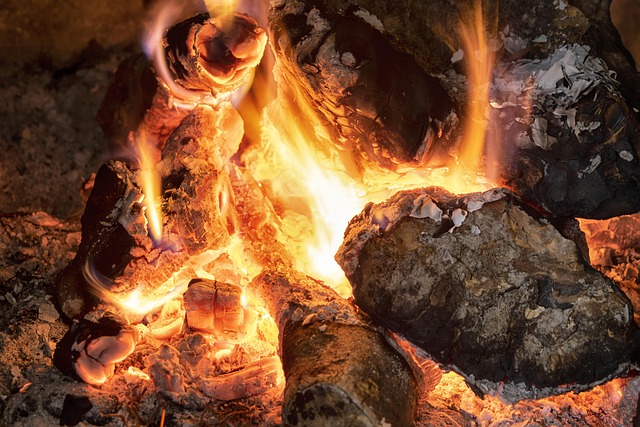Texas homeowners dealing with fire damage should understand the assessment process, which involves a thorough inspection of property and belongings using specialized equipment. Documenting evidence thoroughly, including photos, receipts, and item inventories, is key to receiving fair compensation through fire damage insurance claim tips. Promptly contacting insurers, providing detailed information, tracking communications, and understanding policy specifics are essential steps for navigating the claims process smoothly.
After a fire, navigating the restoration process can be overwhelming. A comprehensive fire damage insurance claim starts with a thorough assessment. Understanding the assessment phase is crucial for Texas homeowners looking to file a successful fire damage insurance claim. This guide provides essential tips on what to expect during inspections and how to document evidence effectively. Armed with knowledge, these homeowners can navigate the insurance process with confidence, ensuring their homes and lives are restored as smoothly as possible.
- Understanding Fire Damage Assessment: What to Expect During the Inspection
- Documenting the Damage: Gathering Evidence for Your Insurance Claim
- Navigating the Insurance Process: Tips for Texas Homeowners After a Fire
Understanding Fire Damage Assessment: What to Expect During the Inspection

When a fire strikes, understanding the fire damage assessment process is crucial for Texas homeowners navigating their insurance claims. This initial inspection plays a pivotal role in determining the scope of repairs and the overall settlement amount. During this assessment, professionals thoroughly examine every corner of your property to identify not just visible damage but also potential hidden hazards or structural weaknesses exposed by the fire.
Homeowners should expect a meticulous evaluation that includes close scrutiny of walls, ceilings, floors, and personal belongings. Experts will use specialized equipment to detect water damage, assess smoke levels, and evaluate any structural integrity issues. These detailed observations translate into comprehensive documentation, which forms the basis for your fire damage insurance claim tips in Texas, ensuring you receive fair compensation for repairs or a complete rebuild.
Documenting the Damage: Gathering Evidence for Your Insurance Claim

After a fire, documenting the damage is crucial for Texas homeowners looking to file a fire damage insurance claim. The first step is to gather evidence that supports the extent of the loss. This includes taking detailed photos or videos of all affected areas, noting the date and time taken, and ensuring a clear view of both visible and hidden damage. Homeowners should also keep records of any valuables lost or damaged, with receipts or appraisals where available. These documents can serve as irrefutable evidence during the claims process.
Additionally, it’s important to create an inventory of all items that were destroyed or damaged, including their estimated value and age. This inventory, along with the photographic and video evidence, will help insurance adjusters assess the claim accurately. Homeowners in Texas should also be aware of any specific documentation requirements from their insurance provider and prepare accordingly to expedite the fire damage insurance claim process.
Navigating the Insurance Process: Tips for Texas Homeowners After a Fire

After a fire, navigating the insurance process can be overwhelming for Texas homeowners. The first step is to document all damage by taking photos and keeping records of repairs. This will help when submitting a fire damage insurance claim, ensuring every affected area is accounted for. It’s important to contact your insurance company promptly, as prompt filing can expedite the claims process.
When dealing with your insurer, be prepared to provide detailed information about the incident. Keep track of communication, including emails and notes from adjusters. Understanding your policy coverage and deductibles is crucial. Review your policy documents carefully to know what’s covered and what isn’t. Don’t hesitate to ask questions; your insurance company should guide you through every step of the fire damage insurance claim process.
After experiencing a fire in your Texas home, navigating the restoration process and fire damage insurance claim can seem daunting. Understanding the full extent of the damage is crucial for an accurate assessment and successful claim. By documenting evidence thoroughly and familiarizing yourself with the insurance process, you can ensure a smoother journey towards rebuilding and recovery. Remember, these steps are essential tips designed to empower Texas homeowners to make informed decisions after a fire-related disaster.
